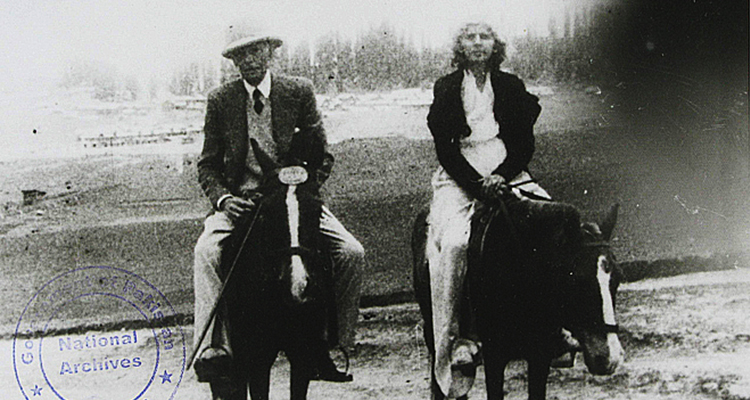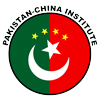The Vision of the Founding Father: What the Quaid foresaw in 1948
Source : PCI Date : 23-12-2016
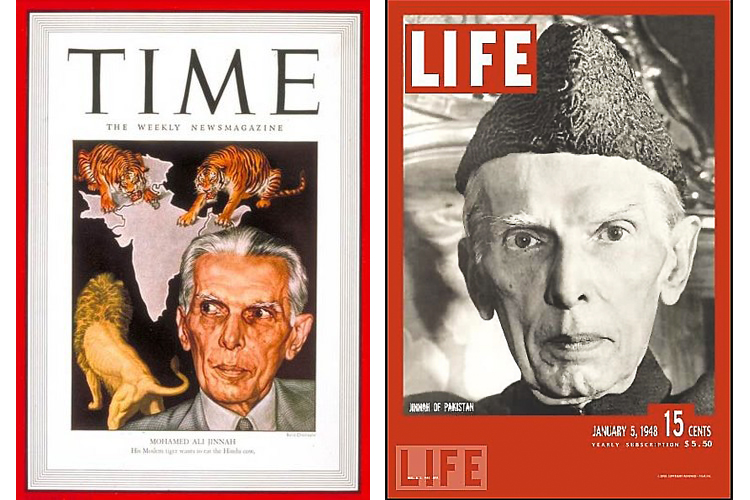 |
The birthday of the Founder of Pakistan Quaid-i-Azam Muhammad Ali Jinnah, coincides with the advent of the New Year; this year it comes at a time when Pakistan is poised to play a pivotal role in the region. Pakistan has been in the 'eye of the storm' since 1979: it fought the last big battle of the 20th century as a 'frontline state' that ended with the demolition of the Berlin War, demise of communism in Europe, and the breakup of the Soviet Union. At the beginning of the 21st century, Pakistan was again propelled to a 'frontline position' in the battle against terrorism and extremism, with a focus on Afghanistan.
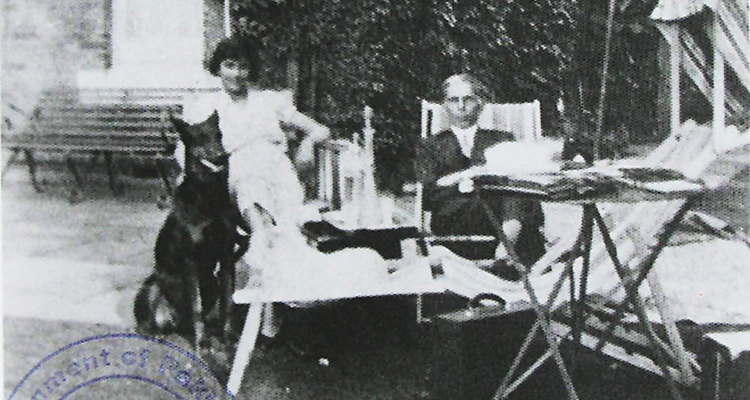
Quaid-i-Azam with daughter Dina
Pakistan has managed to leverage its strategic location with a larger than life role since its inception, which the Quaid-i-Azam had envisaged with amazing prescience! Soon after the birth of Pakistan, the Quaid gave his first interview to an American journalist, Margaret Bourke-White, who published it as the cover story of LIFE magazine in January 1948. She asked the Quaid about the future of Pakistan and its place in the world, when it was still in a precarious condition: it was at war with India over Kashmir; was faced with bankruptcy as India was refusing to give Pakistan its share of assets; there was an influx of millions of refugees to Pakistan, and a similar exodus of population following communal riots.
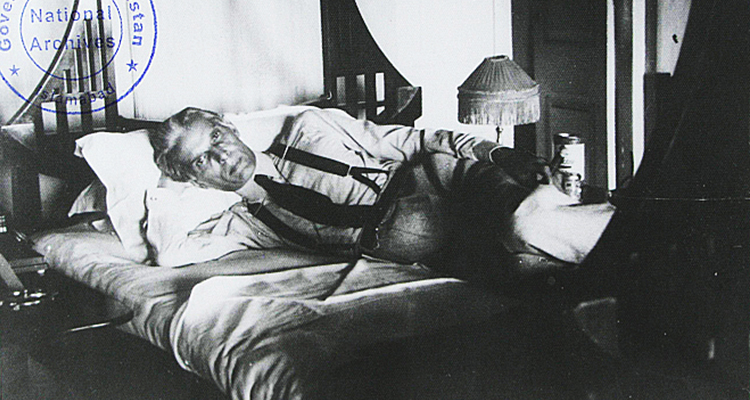
A rare photograph of the Quaid reposing
Quaid-i-Azam responded to the American journalist's question with characteristic clarity and conviction: 'Pakistan is the pivot of the world, placed on the frontier on which the future position of the world revolves'! His words sound prophetic today.
With the China-Pakistan Economic Corridor (CPEC) as the centerpiece of regional connectivity, an emerging Greater South Asia, China, South and Central Asia, Iran and Afghanistan are being woven together by pipelines and ports, roads and railways, energy and economy. Pakistan's role is pivotal.
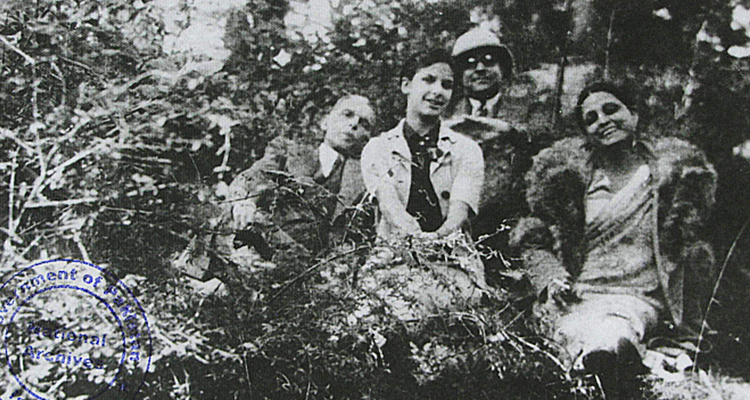
(L-R) Quaid-i-Azam, Dina, Liaquat Ali Khan and Begum Ra'ana Liaquat
Even in the past, Pakistan has been taking moral positions at the global level, and going beyond the politics of realpolitik. Some examples:
- Pakistan was an early supporter of freedom struggles in Eritrea, Algeria, Tunisia and Morocco in the 1950s. Farhat Abbas, Premier of the Algerian government in exile, and Habib Bourguiba, the father of modern Tunisia, traveled on Pakistani passports at the time;
- Pakistan was the first country to help China break out of its international isolation in the 1960s, imposed on it by the US. It allowed PIA to fly to China, and then established physical connectivity with China by starting construction of the Karakorum Friendship Highway in 1966.
- In the 1970s, Pakistan was the first and only non-Arab country to participate in the October 1973 Arab-Israeli War (with PAF pilots taking part in combat on behalf of the Syrian Air Force); and it was during the Islamic Summit in Lahore in 1974 that the PLO was formally recognized as the 'sole legitimate representative of the Palestinian people'.
- Since the 1980s, Pakistan has hosted the largest refugee population for the longest period (3 million Afghan refugees);
- In the 1990s, Pakistan became the first country to break the one-sided UN arms embargo by sending arms and ammunition to the besieged Bosnian Muslims. It even hosted Bosnian refugees, although Pakistan had no strategic or economic stake in it, thereby helping in the formation of the first Muslim majority country in Europe;
- After a covert quest of 24 years, and despite pressures, threats and intimidation, Pakistan became the Muslim world's first nuclear power in 1998;
- In the May 2009 issue of The Atlantic magazine, Robert Kaplan described Gwadar as the 'hub of a new Silk Road, the Rotterdam of the Arabian Sea' with a potential outreach to historic but landlocked places like Samarkand.
Today Gwadar Port, the centerpiece of CPEC, is a living reality.
As this shining track record testifies, Pakistan has lived up to the Quaid-i-Azam’s prophecy of becoming the 'pivot' in geopolitics, and has taken moral and courageous positions on a whole range of issues. That role is likely to continue in an enhanced manner now that CPEC, the single biggest project between any two countries in the history of international relations, is moving forward. It promises to turn Pakistan into a hub of regional connectivity, and transform the lives of its people.
